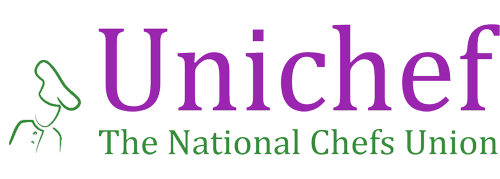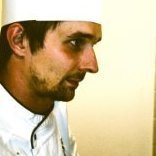HACCP is Hazard Analysis Critical Control Points and is the simple process of identifying the individual hazards in a food environment and putting in specific critical control points.
HACCP is a very complex subject and a specific subject in hospitality you must have been trained on to legally put into place in a pub, restaurant or any food environment. (Legally you cannot create your own food safety management documentation without first receiving some form of HACCP training)
QuoteRegulation 852/2004 -
Article 5 : Hazard analysis and critical control points
1.Food business operators shall put in place, implement and maintain a permanent procedure or procedures based on the HACCP principles.
CHAPTER XII Training
Food business operators are to ensure:
1.that food handlers are supervised and instructed and/or trained in food hygiene matters commensurate with their work activity;
2.that those responsible for the development and maintenance of the procedure referred to in Article 5(1) of this Regulation or for the operation of relevant guides have received adequate training in the application of the HACCP principles
What are the 7 principles of HACCP:

Hazard Analysis:
The first part is identifying which particular hazards could be present in your food/dishes and breaking them down into categories, in your recent food hygiene courses you will know their are now 4 different types of contamination:
1. Microbiological (Bacteria, Viruses)
2. Chemical (Bleach, cleaning solutions)
3. Physical (stationary, hair, metal)
4. Allergenic/intolerance (Gluten, Nuts, Dairy)
If we were to say a chicken breast, we can immediately identify the bacteria salmonella & campylobactor as certain, and also the potential risk of bones from poorly butchered chicken. But now take a second and think about all potential hazards that a single chicken breast may bring or have future effects if consumed down the line.
With that information we then start identifying CCP or critical control points at each step in the foods life. Continuing with the chicken breast its going to be delivered and stored at a safe temperature, and then prepared and handled safely using the correct chopping board, knife, gloves and so on. Then your going to cook it thoroughly so it reaches a safe temperature to be consumed by the guest.
In the whole life of this chicken breast we have several points that are critical for the end products safe consumption:
1. delivery (safely delivered/correct temperature)
2. Storage (Suitable fridges/working correctly/ suitable food storage contrainers/ pest free)
3. preparation (suitable equipment and work surface/ isolated raw food area)
4. cooking/reheating (suitable equipment/ cooked to a safe level)
5. serving (crockery suitable to serve the chicken breast = not chipped/broken)
Each one of these points is a critical control point as you need to do something to keep the food safe.
Critical limits:
Critical limits are the absolute limit for that critical control point (CCP):
1. You decide that a fridges limit is no higher than 5'C and define that as a critical limit
2. You decide that cooking the chicken breast must be done at 75'C for 30 seconds.
Its as simple as that
Monitoring procedures:
With every Critical control point, you will have set a critical limit. Now you need to monitor them. rather than give you the full rundown here's the most common monitoring procedures we use in hospitality:
1. Visual inspection
2. Digital fridge/freezer displays
3. Probes
Corrective actions:
Corrective actions are when you monitor a specific Critical Control Point (CCP) and the results show the food it outside the critical limit. This may be a fridge displaying 10'C or the cooked chicken breast showing 66'C.
Your corrective actions will be what you will do in the situation where food it outside of your defined limits. Sometimes its as simple as "continue cooking the chicken breast" or it can be "Throw the food away".
Verification procedures
Verification is where you, the team, and anyone else come together and make sure everything is suitable for the operation. For instance you might want to cool food down from boiling hot to 5'C in 10 minutes, but the kitchen doesn't have a blast chiller or suitable means to chill it down so therefore by doing the verification with other staff and running trials of the HACCP and your safe methods
Documentation:
This includes all your planning, your calculating of what hazards you need to control, a list of your suppliers and what checks you've done on them...........plus the daily checks you complete to monitor and state everything is okay or if you have any problems.
Final Notes:
HACCP is never going to be a 1 day job even if you do very simple food in a small cafe. fully qualified HACCP professionals can take a whole week to construct a simple straightforward food safety management document to get the business started. But then this will need continued work as the business develops.


Recommended Comments
There are no comments to display.
Create an account or sign in to comment
You need to be a member in order to leave a comment
Create an account
Sign up for a new account in our community. It's easy!
Register a new accountSign in
Already have an account? Sign in here.
Sign In Now